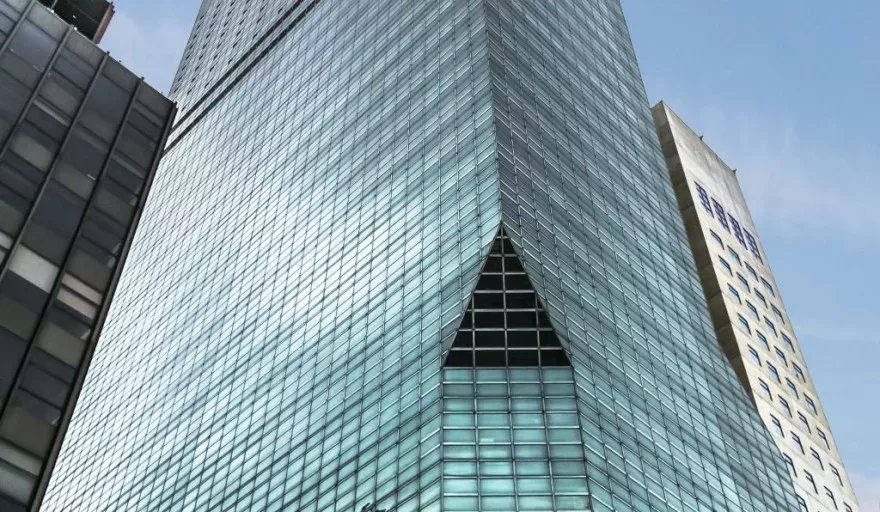Improving air quality is a major challenge facing all European countries, both in order to combat climate change as well as to minimise the direct effects of breathing polluted air on human health.
The European Union (EU)-funded research project LIGHT2CAT is investigating one technology which could help combat air pollution more effectively than previously possible. The technology involves making buildings and other built structures light-sensitive, mimicking the processes of plants.
The basic idea is to mix titanium dioxide (TiO2) into the concrete used. TiO2 is a semiconductor which acts as a photocatalyst. “It is similar to the chlorophyll in plants,” explains LIGHT2CAT’s Project Coordinator, Dr Andrea Folli, of the Concrete Centre of the Danish Technological Institute. “TiO2 harvests sunlight, specifically the ultraviolet component. Once it is activated by light, TiO2 catalyses reactions involving atmospheric oxygen and water resulting in the degradation of hazardous chemicals that come into contact with it. So, for example, nitrogen oxides, a hazardous component in vehicle emissions, are oxidised into harmless nitrates just like those commonly found in water or soil,” explains Dr Folli.
Although this technique is not entirely new – it has been in use for some years – it has until now been subject to an important limitation: TiO2 is only activated by UV light and therefore latitude and geographical position highly influence its overall efficiency. “In southern Europe,” says Dr Folli, “the use of TiO2 could result in nitrogen oxide reduction as high as 40%. In the duller conditions of northern Europe, that figure drops to 15% – 25%.” The aim of LIGHT2CAT was to find a way to modify TiO2 in order to develop a material responsive to visible light rather than just UV light. This would help the implementation of the technology in less sunny climates and would also allow for indoor use, for example to provide antibacterial surfaces in hospitals, in an economically viable way without requiring UV lamps.
Currently just over halfway through its project duration, LIGHT2CAT has made promising progress in developing a modified TiO2 catalyst. “We now have five or six good candidates that we have tested in the lab. We know they are visible-light-responsive and we have submitted a patent application to protect them,” comments Dr Folli. “The next stage of the project will be to test them out in specially-built large concrete structures, mostly in Scandinavia.”
One key guiding principle of the LIGHT2CAT project is the need to ensure not just that the new catalysts work effectively, but also that the solution is cost effective. This is especially important because concrete itself is very cheap – which means that any material added to it could, in relative terms, have a massive cost implication. For this reason, the project team has worked to set up a ‘double-casting’ system in which the catalyst is added only to a 5mm surface layer of concrete, which is laid over a normal concrete sub-layer, thus minimising the additional cost.
Still with an eye to economic viability, the research team has also carried out tests on the lifetime effectiveness of the catalyst. “These early tests indicate that the lifetime of the catalyst, based on its use in a 5mm surface layer, is comparable to the expected lifetime of the structure itself, whether this is the surface of a building, a paving block, or other built structure,” says Dr Folli.
With a range of partners that include a major global producer of TiO2 as well as end-users in the cement industry and research institutions, LIGHT2CAT is expected to make important advances towards the goal of having our built environment act, in effect, as a giant air purifier. Engineered to mimic the effects of plants, the ‘concrete jungle’ could well turn out to have more in common with real vegetation than the original creators of that phrase could have ever imagined.

































